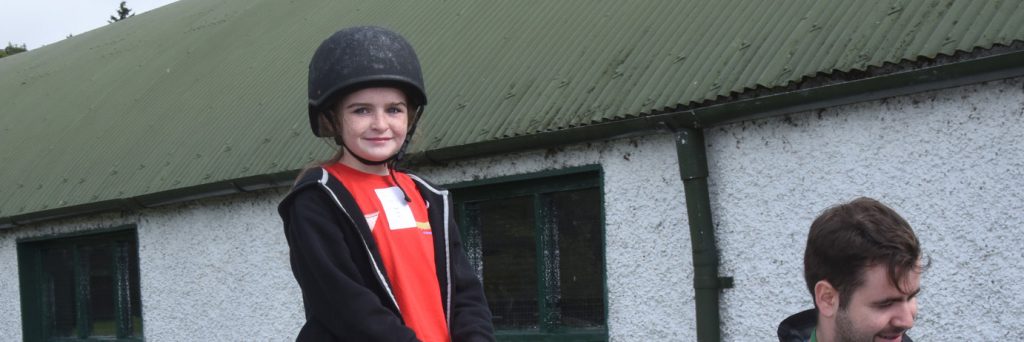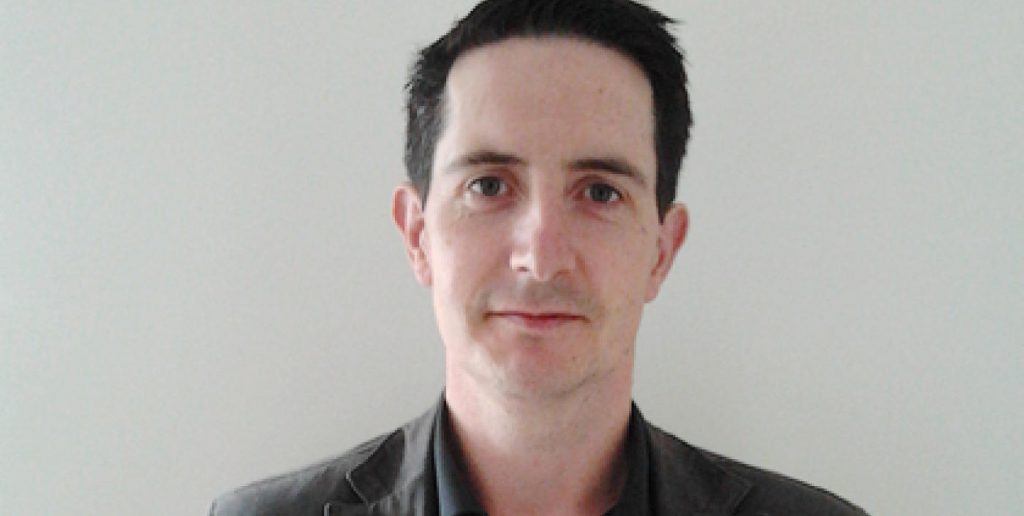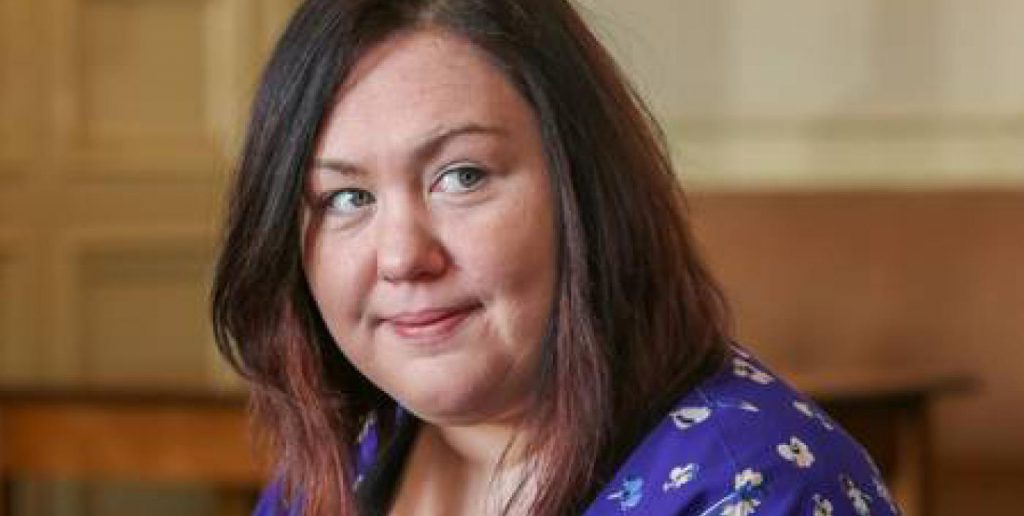A new programme supported by the Irish Skin Foundation is encouraging school children to protect their skin from UV rays and to reduce risk of developing cancer in the future during high-risk months March to September. Through the programme supported, by Irish skin care company Elave, every primary school child in Co. Sligo with receive a protective legionnaire style hat this month.
Generation SunSmart will target all 62 primary schools in County Sligo and is the brainchild of local dermatology nurse specialist Selene Daly. Over four thousand children will receive a UV-shielding legionnaire hat which they’ll be encouraged to wear to and from school every day up to the summer holidays and throughout September.
“It’s a baseball hat with a flap that covers the ears and back of the neck,” says Selene Daly, dermatology nurse specialist at Sligo University Hospital, who heads up Generation SunSmart. Daly points out that one-quarter of our total lifetime exposure to the sun’s UV rays occurs when we’re under 18, and the majority of sun damage happens on the back of the neck and around the ears.
Conventional sun hats, she says, often don’t provide enough shelter in these vulnerable areas. Holly Murray, a fifth class pupil in Carn NS, has quite a collection of sun hats, says her mum, Karen. “The flap at the back of the ears was new for me,” says the mum of four, who goes on to say all her children have inherited her red hair and fair skin, and would burn within minutes in the sun.
Daly’s team visited all Sligo primary schools last year and found poor levels of sun education. Teachers weren’t very sun-savvy. “They didn’t think it was important to be sun smart during school time because it wasn’t high season, whereas we endorse being sun smart from March 1 to September 30, regardless of the weather.
“Eighty percent of UV rays come through even on a cloudy day. You can’t see or feel UV — it doesn’t feel hot, and it mightn’t be a hot day, but the UV index could still be high.” On sunny days, teachers were quick to take children outside “for extended periods for class or to play games” between 11am to 2pm, which — says Daly — is against sun safety advice.
“We say children should be in sheltered areas during those times.” Understandably, teachers applying sun screen to dozens of pupils is impractical and time-consuming. Nor does it sit comfortably with child protection laws, so it was no surprise to find they didn’t do it.
But a teacher questionnaire administered by Daly’s team also found no specific sheltered areas provided in schoolyards where children could seek shade, and no particular efforts to recommend children wear sun hats.
She says the idea behind providing children with legionnaire hats is to mirror the successful high-visibility vest campaign undertaken by the RSA some years ago.
“The legionnaire hat is visible. It will spark a conversation about what sun smart is — why are the children wearing these hats?” And providing the hats, she says, takes the guesswork out of sun care for parents and teachers. “Sometimes, people say: ‘do I need to put on sun screen today?’
“If children are encouraged to put on their hat every time they’re out, it’ll protect their face because of the peak and their neck and ears too… of course, we’d love it if they also applied sun screen.”
With children at school for five of the seven months covered by the March to September sun safety period, Orlaith Reynolds, principal of Carn NS, believes it’s vital children get good sun education.
Even after Selene Daly’s 2015 visit to her school, the children had absorbed the key message. “In the following spell of good weather, we saw that use of sun hats had greatly increased.” Generation SunSmart will see children learn the five ‘Ss’ of sun safety — Slip on t-shirt; Slop on factor 30+; Slap on a sun hat; Slide on sunglasses; Seek shade.
Skin cancer is the most common form of cancer in Ireland with more than 10,000 new cases diagnosed every year. “Do parents realise this?” asks Selene Daly. “Do they realise over-exposure to UV light causes skin cancer? Or that one bout of blistering sunburn in children doubles risk of malignant melanoma in later years?” Does she worry that blocking UV rays will inhibit the skin’s production of vitamin D? Not really.
“Twenty minutes of latent sun exposure per day — while walking to school, helping while hanging out clothes, sitting in the car — is enough to give you your vitamin D requirement.” She has previously worked with at-risk groups such as farmers and Travellers.
“I see a huge amount of skin cancer and sun damage — yet the same people will have osteoporosis and vitamin D deficiency. But if you are worried about your vitamin D levels, get them checked and take a supplement.”
The HSE body, Healthy Ireland, looks set to come on board too, with talks to roll the programme out to all primary school children across Ireland in 2017.
Article based on original from the Irish Examiner by Helen O’Callaghan 1st April 2016













